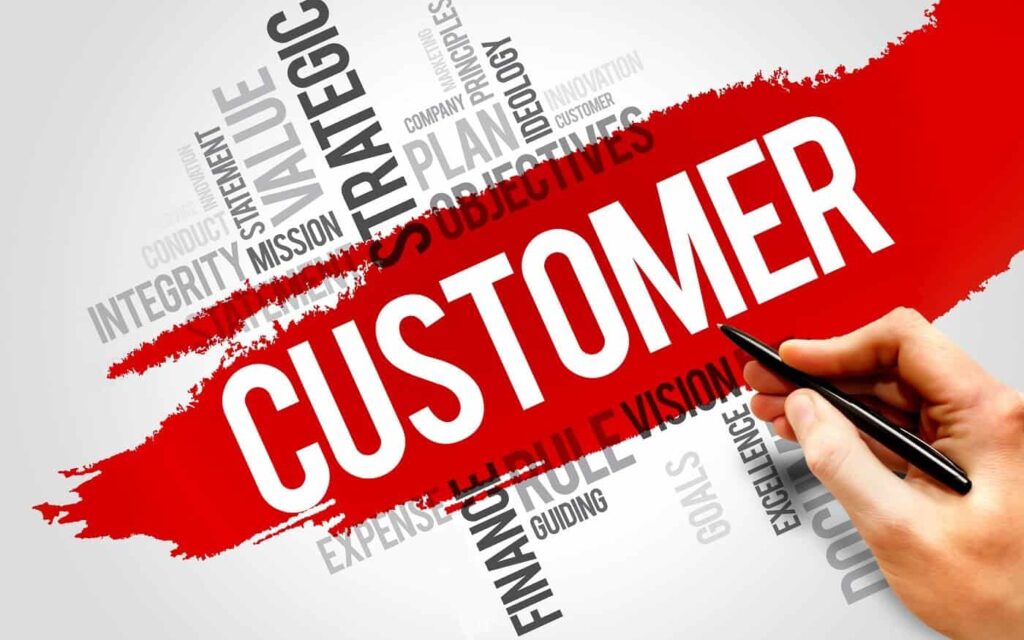An Informative Guide, for Leaders on Managing Customer Expectations
In todays changing business landscape it is crucial for leaders to have the skills to understand and manage customer expectations. Meeting and surpassing customer expectations can result in customers and sustainable business growth. However, achieving this requires an approach and effective communication. In this short guide we will explore tips and techniques that can assist leaders in mastering the art of managing customer expectations.
1. Gain Insights into Your Customers;
The fundamental aspect of managing customer expectations lies in obtaining an understanding of your customer base. Leaders should invest time in collecting data conducting surveys and analysing customer feedback to gain insights into their needs, preferences and pain points.
2. Clearly Define Expectations;
Unclear expectations often lead to customer dissatisfaction. As a leader it is essential to establish realistic expectations for your products or services. Maintain transparency regarding what you can deliver without making promises.
3. Foster Effective Communication;
Communication plays a role, in managing customer expectations. Ensure that your team is well versed in communication techniques. Actively listen to customers inquiries, feedback and concerns while promptly responding with courtesy.
4. Cultivate a company culture
That places importance on ensuring customer satisfaction. It is crucial that every employee understands the significance of meeting customer expectations and recognises their role, in achieving this objective.
5. Invest in training and development programs
Enhance your teams capabilities in managing customer expectations. Provide them with the knowledge and tools to deliver customer experiences. Whenever possible, customise your products or services to suit the needs of each customer. Personalisation can greatly surpass expectations and foster strong relationships with customers.
6.Be Consistent
Consistency in delivering services is paramount when it comes to managing expectations. Ensure that the quality of your products or services remains consistent over time as inconsistencies can undermine trust and disappoint customers.
7. Effectively addressing complaints
This presents an opportunity to showcase your dedication to customer satisfaction. Train your team members to handle complaints, with empathy and efficiency striving for solutions that leave the customer contented.
8. Implement feedback loops
This allows you to continuously gather input from customers enabling you to enhance your offerings based on their insights. Regularly. Update your processes by including this feedback so as to align with evolving customer expectations.
9.Stay ahead of the game;
Keep a watch, on industry trends and the latest technologies. Anticipate shifts in customer expectations. Take steps to adapt your products or services accordingly.
10. Analyse;
Use metrics and data analysis to gauge your success in managing customer expectations. Key performance indicators (KPIs) like Net Promoter Score (NPS) and Customer Satisfaction (CSAT) can provide insights.
11. Celebrate achievements;
Recognise and celebrate accomplishments related to customer satisfaction. Acknowledging and rewarding outstanding customer service can inspire your team to meet and expectations.
Last Words
Leaders who excel in managing customer expectations are more likely to foster strong enduring customer relationships and drive business success. By understanding your customers expectations and promoting a culture centered around customers and consistently delivering service you can position your organisation as a leader, in ensuring customer satisfaction. Continuously. Evolve your approach to stay ahead in the changing realm of meeting customer expectations.

David Alssema is a Body Language Expert and Motivational Speaker. As a performer in the personal development industry in Australia he has introduced and created new ways to inspire, motivate and develop individuals.
David Alssema started his training career with companies such as Telstra and Optus Communications, and then developed Neuro-Linguistic Programming (NLP) within workplace training as principal of Paramount Training & Development.
As an author/media consultant on body language and professional development David has influenced workplaces across Australia. He contributes to Media such as The West Australian, ABC Radio, Australian Magazines and other Australia Media Sources.






